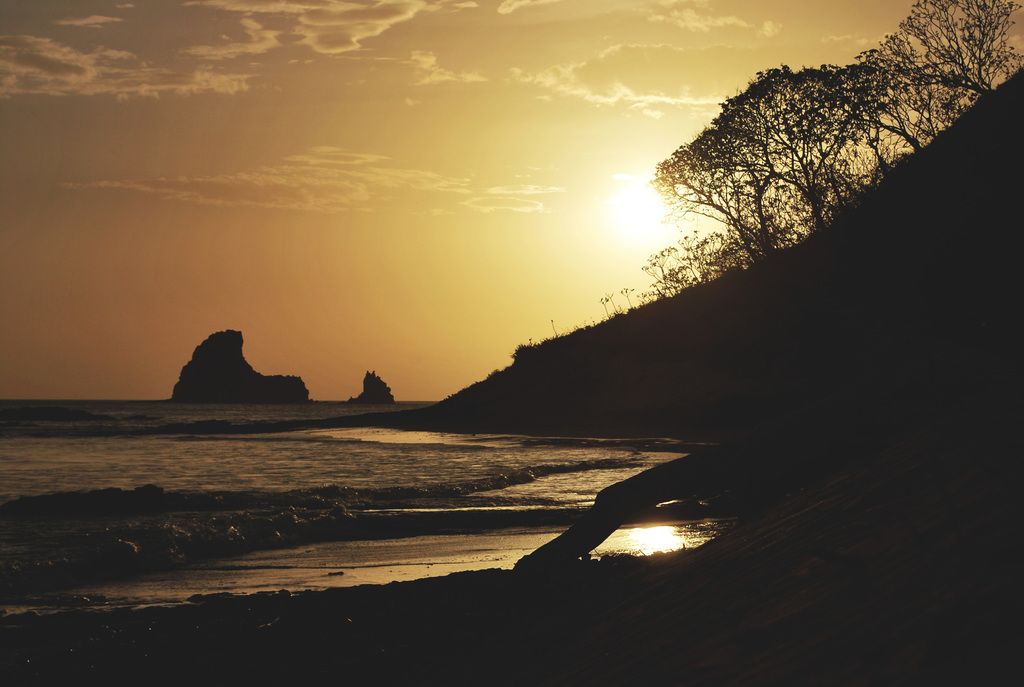Prehistoric Fossil Find in Alleged Restroom Indicates That Butterflies Exist Long Before Flowers Evolved
In the far-off past, around 236 million years ago, an ancient herbivore took a dump that's got 21st-century scientists all buzzing. The poop, stored within coprolites, held the oldest-known proof of butterflies and moths - teensy hexapod scales that could rival two human hairs in size.
This findings take us to a shared communal lair of the herbivorous therapsids, specifically dicynodonts. Just like certain modern-day animals who enjoy the communal pooping experience, these creatures seemed to have gathered in the same spot. It might not sound like much fun, but it has its perks, including minimizing predation risks, among other benefits.
It was within one of these communal pits in Talampaya National Park, Argentina, that this compelling tale unfolds. Researchers from Argentina's Regional Center for Scientific Research and Technology Transfer of La Rioja (CRILAR) unearthed samples back in 2011 that certainly raised some eyebrows.
Peering closer at the coprolites, these intrepid scholars stumbled upon minuscule hexapod scales - scales that we today recognize as part of the wings of lepidopterans like butterflies and moths. Incorporating the specifics of the new butterfly species they christened Ampatiri eloisae.
The discovery announced the oldest hexapod scales ever identified and, if indeed it does belong to a lepidopteran, shoves back the emergence of this group by around 35 million years.
"Our butterfly is the oldest known," CRILAR paleontologist Lucas Fiorelli told Science. "It's not the first butterfly. That original form is practically impossible to find – it would be like discovering the common ancestor of humans and chimpanzees. Even so, Ampatiri is the closest we’ve come to that origin.”
That origin brings up some intriguing questions, as the team's latest assessments suggest that the emergence of the proboscis took place around 260 million to 244 million years ago and, remarkably, occurred around 100 million years before flowers did. You read it right – modern butterflies sport a proboscis that pops out like a silly straw attached to their face, giving them access to the nectar in tubular flowers. This discovery implies that the appendage likely grew out of necessity sometime before flowers did.
It's plausible that the trait developed following the Permian-Triassic extinction event 252 million years ago as a means to capitalize on the swiftly evolving plant life that produced nectar secretions known as pollination drops. As flowers came into bloom, the proboscis may have adapted to become more specialized.
The study was published in the Journal of South American Earth Sciences.
[Reference 1]: [Link to first source][Reference 2]: [Link to second source][Reference 3]: [Link to third source]
- This Coprolite discovery in Talampaya National Park, Argentina, offers insight into the shared environment of herbivorous dicynodonts, revealing the oldest-known proof of butterflies and moths.
- The 2011 findings by researchers from Argentina's CRILAR have expanded the understanding of environmental science and uncovered significant details about the evolution of science, particularly in the realm of health-and-wellness and bio-diversity.
- The investigation into this ancient fossilized poop has underscored the importance of technology in scientific research, as microscopic analysis led to the identification of butterfly scales and the creation of a new species, Ampatiri eloisae, in environmental-science.
- The emergence of the proboscis in butterflies remains a fascinating topic of ongoing research, with implications for understanding the intertwined trajectories of science, evolution, and sustainability, significantly impacting our understanding of health-and-wellness and the environment.








